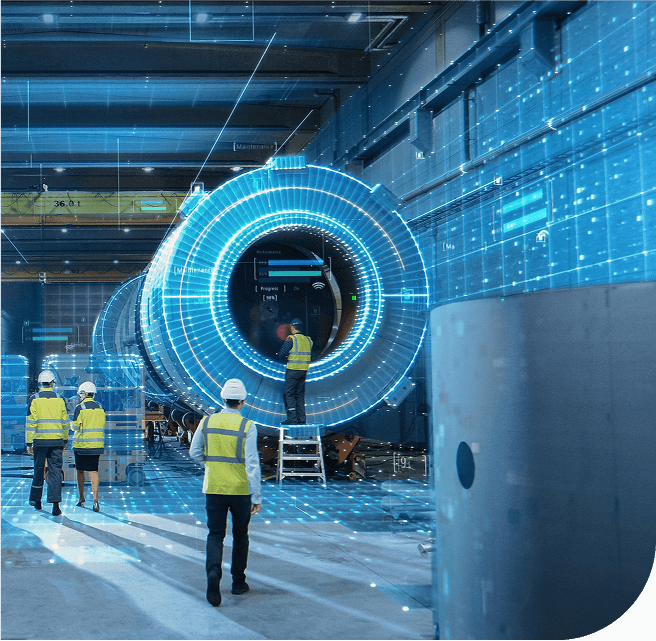
Maritime shipping contributes 3% of global greenhouse gas emissions, potentially rising to 8% by 2050. Fuel accounts for over a third of vessel operating costs,
We operate a dedicated in-house team of experienced engineers and marine surveyors, specializing in 3D laser scanning and onboard surveying for vessel retrofit and conversion projects.
Utilizing advanced FARO 3D scanning technology, we precisely capture the vessel’s as-built conditions, delivering highly accurate measurements, detailed visual data of existing piping systems and structural components. This ensures a reliable foundation for engineering, planning, and seamless execution of complex modifications.
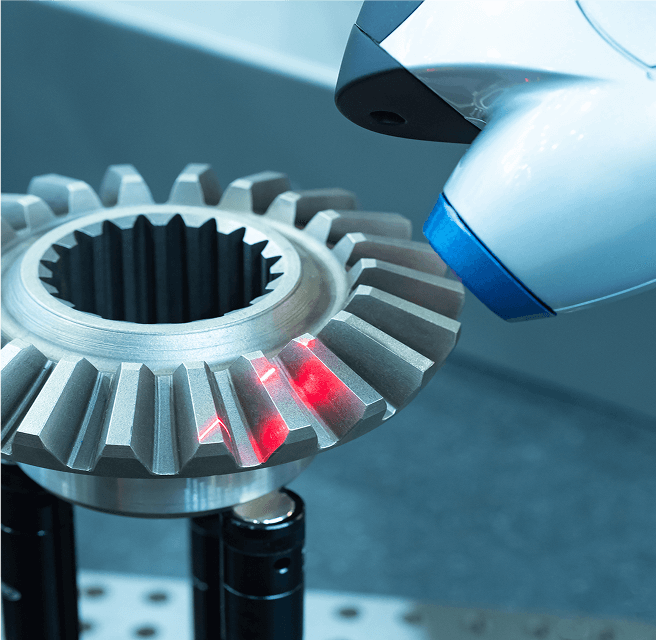
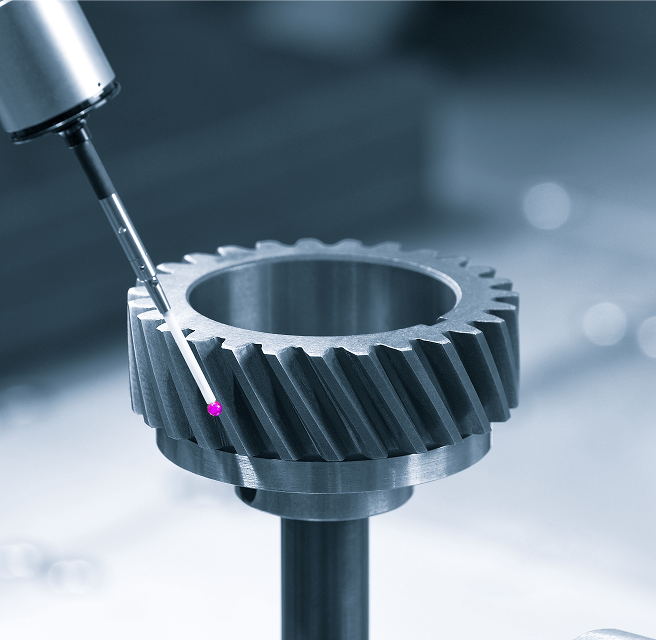
Our specialized teams are fully equipped and ready for rapid deployment, ensuring high-precision 3D scanning with minimal disruption to vessel operations. Leveraging
advanced equipment and extensive field experience, we can complete accurate scans within a single day.
The captured data is processed into a detailed point cloud, delivering an exact geometric representation of even the most complex spaces. From this, our design teams can develop precise digital models of structures, machinery, piping systems, and onboard equipment—supporting Conceptual, Basic, Detailed, and As-Built Engineering phases.
Each engine room presents its own unique layout, making Ballast Water Treatment System (BWTS) retrofits a highly customized process. High-resolution 3D laser scanning offers a precise and efficient method to assess feasibility, identify spatial constraints, and detect potential conflicts before installation begins.
To ensure an exact fit, the vessel’s existing structure must be captured and modeled with exceptional accuracy. These detailed scans are then used to support the design,
engineering, and fabrication of new components and structural modifications.
Incorporating 3D scanning into BWTS retrofits enables shipyards to accelerate project timelines, improve installation efficiency, and minimize risk. Moreover, scanning
can be performed while the vessel remains in operation, significantly reducing downtime and associated costs.
The result is a faster, safer, and more cost-effective retrofit process.

Lorem ipsum dolor sit amet, consectetur adipiscing elit. Suspendisse varius enim in eros elementum tristique.
Lorem ipsum dolor sit amet, consectetur adipiscing elit.

Maritime shipping contributes 3% of global greenhouse gas emissions, potentially rising to 8% by 2050. Fuel accounts for over a third of vessel operating costs,
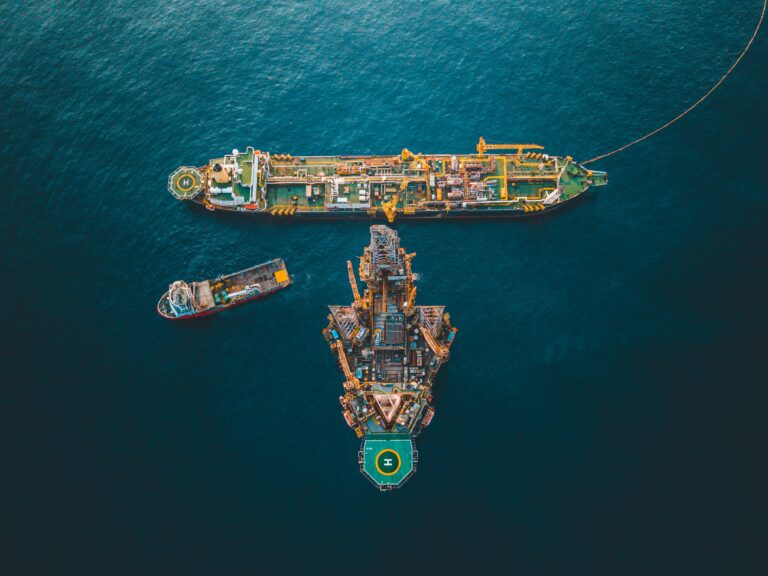
Ballast water ensures vessel stability but carries a hidden global threat—transporting invasive species that disrupt marine ecosystems and economies. Without effective treatment, ships risk spreading
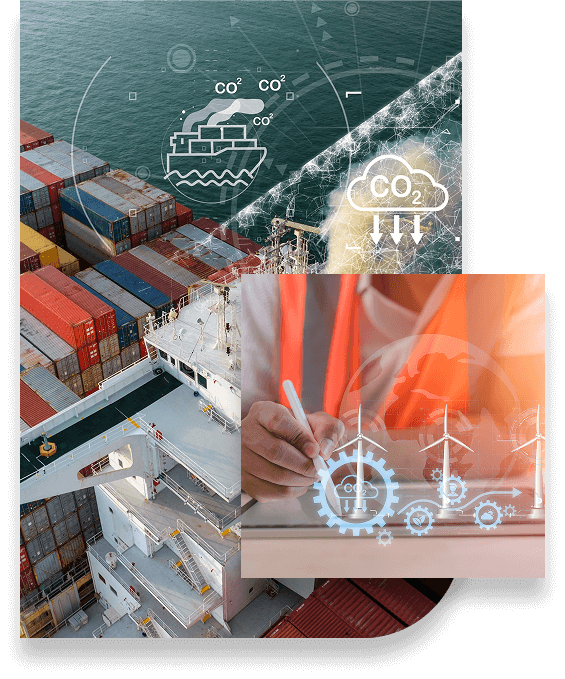
Over the years, we have grown by partnering with clients from all over the world, tackling varied challenges such as efficient retrofits, emission-reduction strategies, and on-board automation. This growth fueled our commitment to continuous learning and adaptation.
Evomarine was born from the vision of seasoned maritime professionals aiming to transform the industry through a modern, personalized, and data-driven approach. Today, the company stands as a trusted partner in technical project development, actively shaping a more sustainable future for global shipping.
515 E Las Olas, Boulevard, Suite 120, Fort Lauderdale 33301, USA
Strada Jupiter, 2C, Etaj 1, Mun. Constanta
5 Avenue Barbara, BP12, 44570 Trignac
Address Ecopark 5A, 8305 BJ Emmeloord (NL)
Evomarine inc - Av. Las Palmeras 398, La Molina , Lima
Evomarine Ventures Private Limited Plot no C27 Roja Street, Vivekanandar Nagar, Ambattur, Tiruvallur Chennai Tamil Nadu , 600053 – India
© 2025 Evomarine. All rights reserved.
Website designed and developed by b1studio.ro
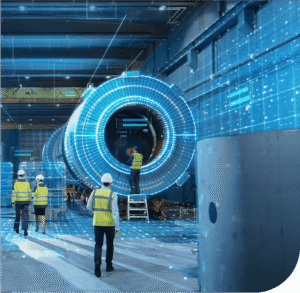
Maritime shipping contributes 3% of global greenhouse gas
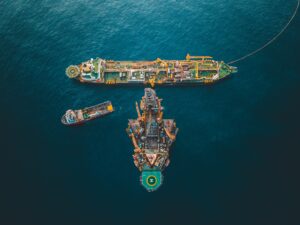
Ballast water ensures vessel stability but carries a